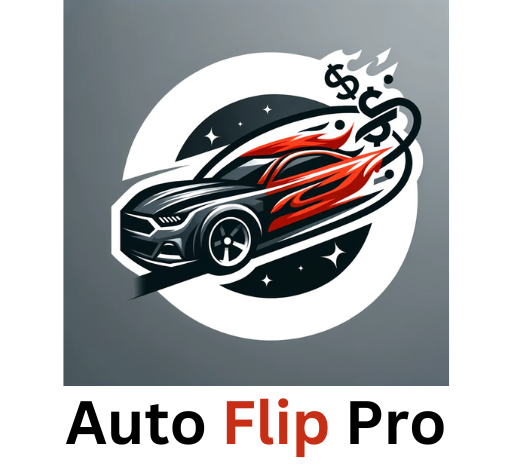So, you’ve found a used car that catches your eye, and now you’re wondering how you can ensure that it’s in good condition. One crucial aspect to check is the frame of the car. Hidden frame damage can be a major concern, affecting the safety and integrity of the vehicle. But fear not! In this article, we’ll provide you with some valuable tips on how to check for hidden frame damage during a car inspection. By the time you finish reading, you’ll have the knowledge to make an informed decision and drive away with confidence in your new set of wheels.
Visual Inspection
Examine the exterior
When inspecting a used car for hidden frame damage, the first step is to visually examine the exterior. Look for any signs of previous repairs such as mismatched paint, uneven surfaces, or ripples in the body panels. These could be indicators of previous accidents or damage that may have affected the frame. Additionally, keep an eye out for any areas with paint overspray, as this could suggest that a panel has been replaced or repaired.
Look for signs of previous repairs
In addition to examining the exterior, it’s important to specifically look for signs of previous repairs. Inspect the car closely, paying attention to areas that are more likely to have undergone repairs, such as the front and rear ends. Look for any irregularities in the bodywork, such as uneven gaps between panels or misalignment. These could be indications of hidden frame damage that has been repaired.
Check for paint overspray
Paint overspray occurs when paint is unintentionally sprayed onto areas of a car that should not have been painted, such as trim or rubber seals. This can often be a sign that a panel has been replaced or repaired. When inspecting a used car, check for any areas of overspray, especially along the edges of doors, windows, or other body panels. Keep in mind that overspray can be difficult to detect, so be thorough in your examination.
Inspect the undercarriage
To conduct a comprehensive inspection for hidden frame damage, it is essential to inspect the undercarriage of the car. Get underneath the vehicle and carefully examine the frame rails, suspension components, and other structural elements. Look for any signs of damage, such as dents, bends, or rust. Additionally, pay attention to any fresh paint or suspicious welding marks, as these could indicate recent repairs or modifications.
Look for uneven gaps or misalignment
During your visual inspection, take note of any uneven gaps between body panels or misalignment in the car’s overall structure. Stand back and examine the car from different angles, checking if the doors, hood, and trunk align properly. Uneven gaps or misalignment can be signs of previous repairs or hidden frame damage. However, it is important to keep in mind that some cars, especially older models, may have slightly uneven gaps as a result of manufacturing variations.
Perform a Magnet Test
Obtain a strong magnet
To check for hidden frame damage, you can perform a magnet test using a strong magnet. It is recommended to use a neodymium magnet, as they are powerful and can easily detect metal beneath the paint.
Run the magnet along the body panels
Starting from the roof and working your way down, run the magnet along the body panels of the car. Pay close attention to areas that are more susceptible to hidden repairs, such as the fenders, doors, and quarter panels. A strong magnet will be attracted to magnetic metals, such as steel, and will be slightly repelled or show no attraction to non-magnetic metals, such as aluminum or fiberglass.
Pay attention to areas with potential repairs
While performing the magnet test, be sure to focus on areas that may have undergone repairs or replacements. These areas could include the front and rear ends of the car, where collision damage is more likely to occur. If the magnet does not stick properly in specific areas or shows inconsistent attraction, it could be an indication of hidden frame damage or non-original body panels.
Note any inconsistencies in magnet attraction
As you run the magnet along the body panels, take note of any inconsistencies in magnet attraction. If the magnet sticks firmly and consistently throughout, it suggests that the body panels are made of magnetic metals and are likely original. However, if the magnet attraction varies or is weak in certain areas, it may be a sign of hidden repairs or non-metallic materials used in the bodywork.
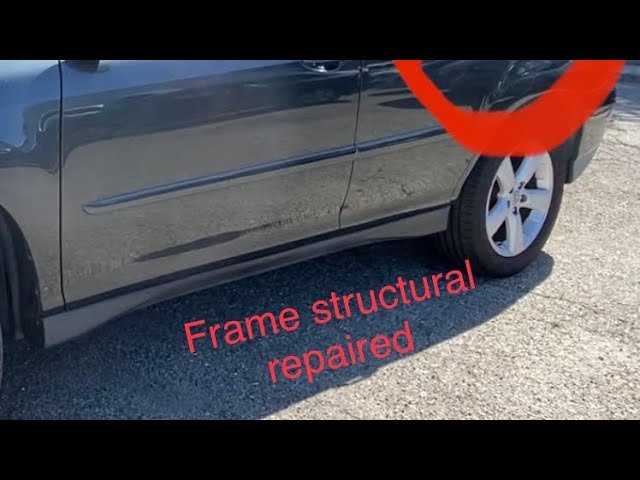
This image is property of i.ytimg.com.
Use a Paint Meter
Purchase or rent a paint meter
A paint meter is a useful tool for assessing the condition of a used car’s paintwork and detecting hidden repairs. You can purchase or rent a paint meter, which measures the thickness of paint layers on various areas of the vehicle.
Measure paint thickness on various areas
To use a paint meter, select different areas of the car’s body panels and measure the paint thickness. It is recommended to take multiple readings on each panel to ensure accuracy. Compare the readings to the manufacturer’s specifications, which can usually be found in the car’s manual or obtained online.
Compare readings to manufacturer specifications
Compare the paint thickness readings to the manufacturer’s specifications for the specific make and model of the car. Significant variations in paint thickness may indicate hidden repairs or touch-ups that have been performed. Keep in mind that different areas of the car may have different paint thicknesses due to factors like factory painting processes or corrosion prevention treatments.
Significant variations may indicate hidden repairs
If the paint thickness readings show significant variations from the manufacturer’s specifications, it could be a sign of hidden repairs. Thicker or thinner paint layers in certain areas may suggest that body panels have been replaced, repairs have been made, or the car has been involved in an accident. In such cases, it is advisable to consult a professional for further examination and assessment.
Inspect the Frame Rails
Get underneath the car
To inspect the frame rails of a used car, you will need to get underneath the vehicle. Use a properly-rated car jack or lift to elevate the car securely, allowing safe access to the undercarriage.
Check for any signs of damage or repair
Once underneath the car, thoroughly inspect the frame rails for any signs of damage or repair. Look for visible dents, bends, cracks, or rust that could indicate previous accidents or hidden frame damage. Pay close attention to areas near the front and rear ends of the frame, as these are more susceptible to impact damage.
Look for fresh paint or suspicious welding marks
While examining the frame rails, keep an eye out for any fresh paint or suspicious welding marks. Fresh paint could suggest recent repairs, while irregular or excessive welding marks may indicate structural modifications or attempts to fix damage. These signs can help you identify hidden frame damage that may not be immediately noticeable.
Measure the distance between frame rails
To ensure the frame rails are aligned properly, measure the distance between them at multiple points along the length of the car. Utilize a tape measure or any suitable measuring device. Consult the manufacturer’s specifications or a repair manual for the recommended measurements. Any significant variations in the distance between the frame rails may indicate hidden frame damage or misalignment.
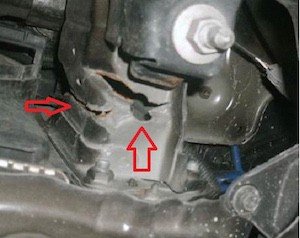
This image is property of whitneyfirm.com.
Check for Frame Alignment
Measure distances between specific points
To check for frame alignment, you will need to measure the distances between specific points on the car. These points can include the corners of the bumper, the wheel wells, or specific mounting locations. Use a tape measure or any other measuring device to record these measurements accurately.
Utilize a frame alignment tool
A frame alignment tool, such as a laser or plumb bob, can help assess the straightness and alignment of the car’s frame. Align the tool with the measurements you took earlier and observe if the laser beam or plumb bob hangs straight or is inclined. Any significant deviations from the recommended measurements indicate potential frame damage or misalignment.
Evaluate any deviations from recommended measurements
If measurements show deviations from the manufacturer’s recommended specifications, it could suggest hidden frame damage or misalignment. Deviations can result from previous accidents, improper repairs, or wear and tear over time. In such cases, it is advisable to seek professional assistance from a body shop or an experienced mechanic for a thorough inspection and further analysis.
Consult professional assistance if necessary
If you have concerns about the frame alignment or overall structural integrity of a used car, it is recommended to consult a professional mechanic or body shop. They have the expertise and specialized tools to perform a comprehensive inspection and provide an expert opinion. Their assessment can help you make an informed decision before purchasing the vehicle.
Inspect Suspension Components
Examine shocks, struts, and control arms
When checking for hidden frame damage in a used car, it is essential to inspect the suspension components. Examine the shocks, struts, and control arms for any signs of damage or replacement. Look for oil leaks, bent parts, or excessive wear on bushings and mounts.
Look for signs of damage or replacement
Inspecting the suspension components carefully, keep an eye out for signs of recent damage or replacement. Look for fresh paint, new fasteners, or obvious repairs that could indicate previous accidents or hidden frame damage. These components play a crucial role in supporting the frame, so any issues should be addressed to ensure safety and performance.
Check for alignment or mounting issues
Aside from damage, it is important to check for any alignment or mounting issues with the suspension components. Misaligned or improperly mounted shocks, struts, or control arms can interfere with the car’s handling and compromise its structural integrity. Pay attention to any loose or overtightened bolts and ensure proper alignment of the suspension components.
Bounce each corner of the car to assess suspension response
To assess the suspension response, bounce each corner of the car by applying downward pressure on the body. Observe how the suspension reacts and listen for any unusual noises. A well-functioning suspension should bounce smoothly and quietly. If you notice excessive bouncing, clunking, or squeaking sounds, it could indicate worn-out or damaged suspension components that may result from hidden frame damage.
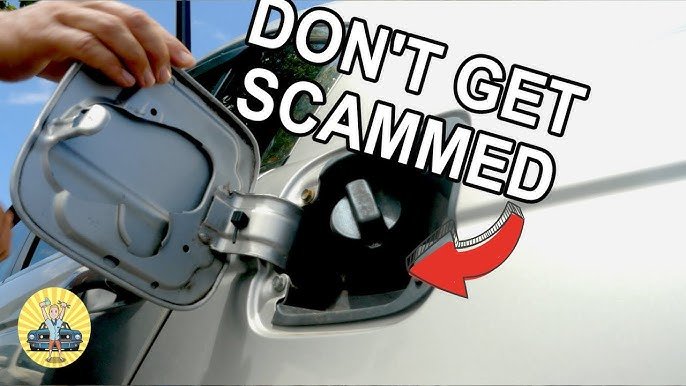
This image is property of i.ytimg.com.
Perform a Road Test
Take the car on a test drive
To thoroughly evaluate a used car’s performance and assess for hidden frame damage, it is essential to take the car on a test drive. Drive the car on various road conditions, including highways, city streets, and uneven surfaces.
Observe any unusual vibrations or pulling to one side
While on the test drive, pay close attention to any unusual vibrations or pulling of the car to one side. These can be indicators of hidden frame damage or suspension issues. A well-aligned and structurally-sound car should drive smoothly without any excessive vibrations or veering off track.
Listen for strange noises during acceleration or braking
Listen attentively for any strange noises during acceleration or braking. Unusual sounds such as grinding, squealing, or knocking could suggest issues with the car’s brakes, suspension, or drivetrain. These concerns should be addressed promptly to ensure safe and reliable operation.
Evaluate overall handling and stability
During the test drive, evaluate the overall handling and stability of the car. Take note of any excessive body roll, instability during cornering, or difficulty maintaining a straight path. Such issues could be indicative of hidden frame damage or suspension problems that may affect the car’s performance and safety.
Check for Uneven Tire Wear
Inspect tread pattern and depth on all tires
Uneven tire wear can be a sign of hidden frame damage or misalignment. Check the tread pattern and depth on all tires, paying close attention to any inconsistencies. Uneven wear patterns, such as excessive wear on the inside or outside edges, may indicate alignment or suspension issues.
Look for uneven wear patterns
As you inspect the tires, look for any uneven wear patterns. Examples include cupping, feathering, or bald spots. These patterns are indicative of alignment or suspension problems that can result from hidden frame damage. Uneven wear can also compromise the car’s traction, handling, and overall safety.
Unequal wear may indicate alignment or frame issues
If you notice unequal wear among the tires, it suggests potential alignment or frame issues. A misaligned frame can cause the wheels to be improperly aligned with the road surface, leading to uneven tire wear. These issues should not be ignored, as they can lead to premature tire wear, reduced fuel efficiency, and compromised handling performance.
Consider getting a professional alignment check
If you suspect hidden frame damage or notice significant uneven tire wear, it is advisable to have a professional alignment check performed. A certified mechanic or alignment specialist can assess the alignment of the wheels and identify any underlying issues. Timely alignment adjustments can help extend the life of your tires and ensure the car’s optimal performance.
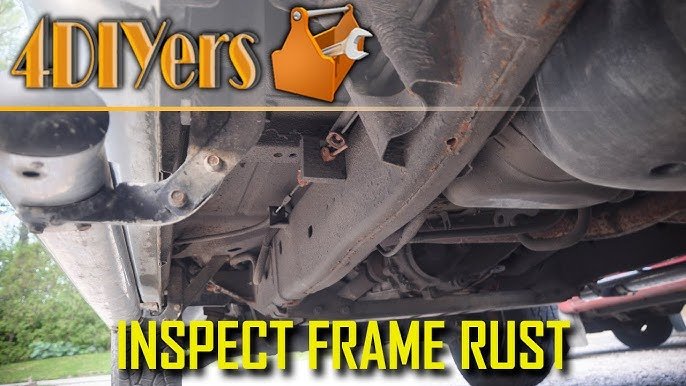
This image is property of i.ytimg.com.
Run a Vehicle History Report
Obtain the vehicle identification number (VIN)
To obtain a comprehensive vehicle history report, you will need the vehicle identification number (VIN) of the used car you are inspecting. The VIN can typically be found on the dashboard, driver’s side door jamb, or various other locations on the car.
Use a reputable online service
There are many reputable online services available that provide vehicle history reports. Choose a trusted service with a good reputation, and enter the VIN into their system. The report will provide you with important information about the car’s past, including any accidents, repairs, or structural damage that has been reported.
Review the report for any accident or damage history
Carefully review the vehicle history report for any accident or damage history. Look for any incidents where the car may have been involved in a collision or sustained structural damage. Reports of major accidents or extensive repairs should be taken into consideration when assessing the potential for hidden frame damage.
Look for reports of frame repairs or structural damage
Pay particular attention to any reports of frame repairs or structural damage in the vehicle history report. This information is crucial in determining whether the car has suffered hidden frame damage in the past. Reports of significant structural repairs may indicate potential ongoing issues or compromised structural integrity.
Consult a Professional Mechanic
Engage a trusted mechanic for an inspection
If you have concerns about hidden frame damage in a used car, it is advisable to engage a trusted professional mechanic for an inspection. A qualified mechanic will have the knowledge and experience to thoroughly assess the car’s structure and identify any hidden damage.
Discuss concerns about hidden frame damage
When consulting with a professional mechanic, discuss your specific concerns about hidden frame damage. Provide them with any information or observations you have gathered during your inspection. This will help them focus on the areas of concern and conduct a thorough examination.
Ask for a thorough examination of the car’s structure
Request that the professional mechanic performs a thorough examination of the car’s structure. This includes inspecting the frame, suspension components, and body panels for any signs of hidden damage. They may use specialized equipment or techniques to identify areas of concern that may not be immediately visible.
Consider their expert opinion before making a purchase
After the professional mechanic has completed the inspection, consider their expert opinion before making a purchase decision. They will provide you with an assessment of the car’s condition, including any identified hidden frame damage. Their opinion should be a valuable factor in determining whether the used car is a reliable and safe purchase.
In conclusion, checking for hidden frame damage in a used car requires a comprehensive inspection using various techniques. By visually examining the exterior, performing a magnet test, and using a paint meter, you can identify signs of hidden repairs or inconsistencies. Inspecting the frame rails, checking for frame alignment, and examining suspension components are crucial to ensuring the car’s structural integrity. Additionally, conducting a road test, checking for uneven tire wear, running a vehicle history report, and consulting a professional mechanic will provide further insights into any potential hidden frame damage. By following these steps and seeking expert advice when needed, you can make an informed decision when purchasing a used car.

This image is property of i.ytimg.com.
